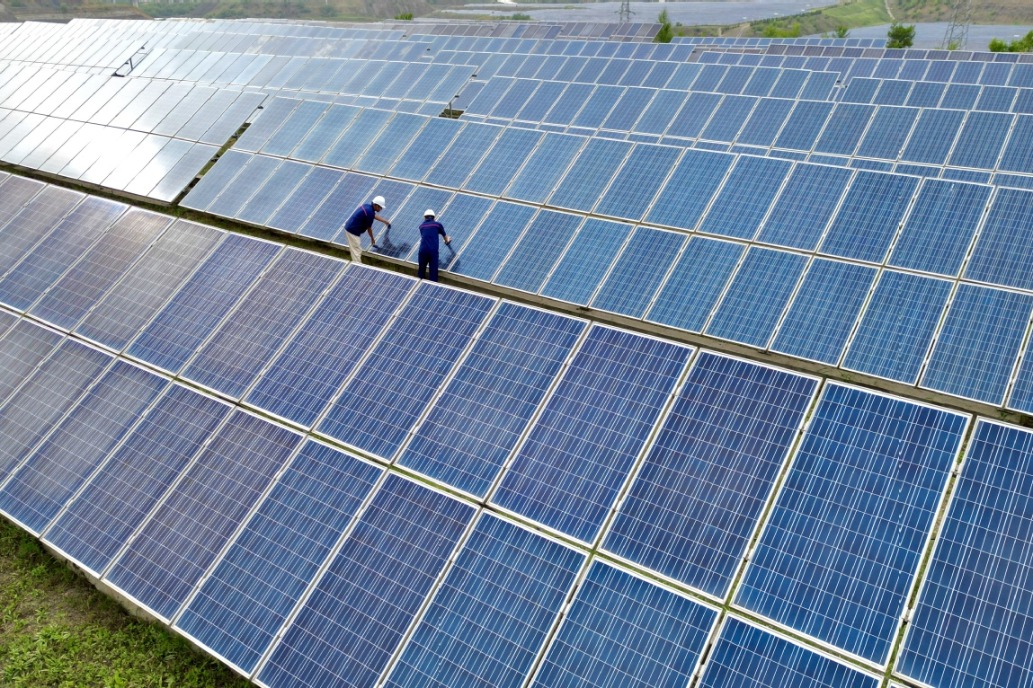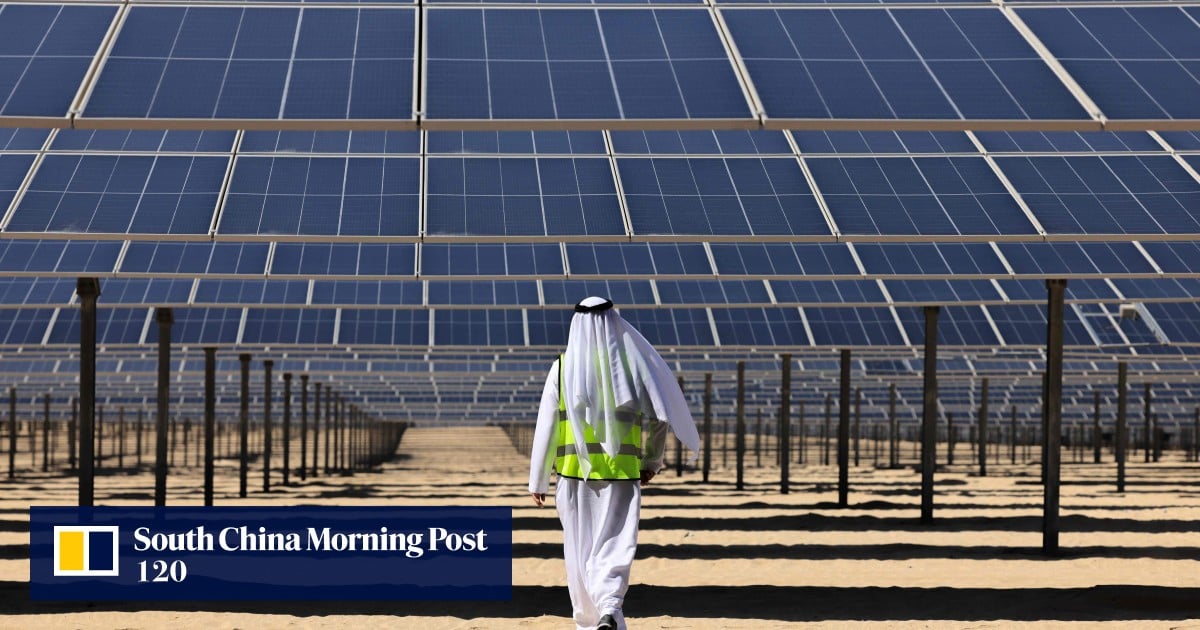Asia Emerges as Key Market for Chinese Solar Exports
In the first half of this year, Asia surpassed Europe as the largest export market for Chinese solar products, according to the China Photovoltaic Industry Association (CPIA). Solar modules accounted for 87% of total solar product exports by value. Pakistan emerged as the second-largest market for Chinese module exports, with its share rising to 8.9% from 3.3% last year. Saudi Arabia ranked fifth, up from outside the top 10 last year.
European and Asian markets together represented over 80% of total module exports, highlighting significant market shifts.
Global Trade Barriers and Industry Competition
Wang Bohua, honorary chairman of the CPIA, noted that major global photovoltaic markets, including the United States, Europe, India, Brazil, and South Africa, have implemented policies increasing barriers to PV product trade. These measures restrict direct exports of Chinese products and affect Chinese companies’ overseas production capacities. For instance, the US halted the “anti-circumvention” tariff exemption on four Southeast Asian countries where Chinese PV companies operate.
Despite these challenges, export volumes of silicon wafers, cells, and modules grew by 34.5%, 32.1%, and 19.7% year-on-year, respectively. However, the total export value of China’s PV products, including silicon wafers, cells, and modules, decreased by 35.4% to about $18.67 billion.
Strategic International Expansion and Market Opportunities
Wang expressed optimism for 2024, projecting global newly installed capacity to range between 390 gigawatts and 430 gigawatts. He highlighted growth in major markets like the US, Europe, India, and Brazil, as well as emerging markets in Latin America and the Middle East. Wang advised companies to adopt strategic approaches, emphasizing upstream and downstream industry chain cooperation, diversified investment, and dispersed business layouts to mitigate international expansion uncertainties.
Domestic Market Expansion and Technological Advancements
China’s new PV installations are expected to remain high. Policies easing the grid absorption requirement for renewable energy from 95% to 90% create substantial installation space for PV projects. Accelerated construction of large PV stations in areas like the Gobi Desert and improvements in power grids support continued growth.
In the first half of the year, domestic manufacturing expanded significantly. Polysilicon production increased by 60.6% year-on-year to 1.06 million metric tons. Silicon wafer production grew by 58.9% to 402 gigawatts, cell production rose by 37.8% to 310 gigawatts, and module production increased by 32.2% to 271 gigawatts. New domestic PV installations reached 102.48 gigawatts, a 30.7% yearly increase.
Despite this growth, industry chain prices and manufacturing output value declined. Prices of polysilicon and silicon wafers dropped by over 40%, while cell and module prices fell by more than 15%. The domestic PV manufacturing output value, excluding inverters, was approximately 538.6 billion yuan ($74.5 billion), down 36.5% year-on-year.
Wang called for accelerated grid construction and optimized power flow to further promote solar power consumption. He emphasized the potential for global grids to accommodate more solar power, offering significant room for increasing solar energy use.
Source:chinadaily.com.cn





